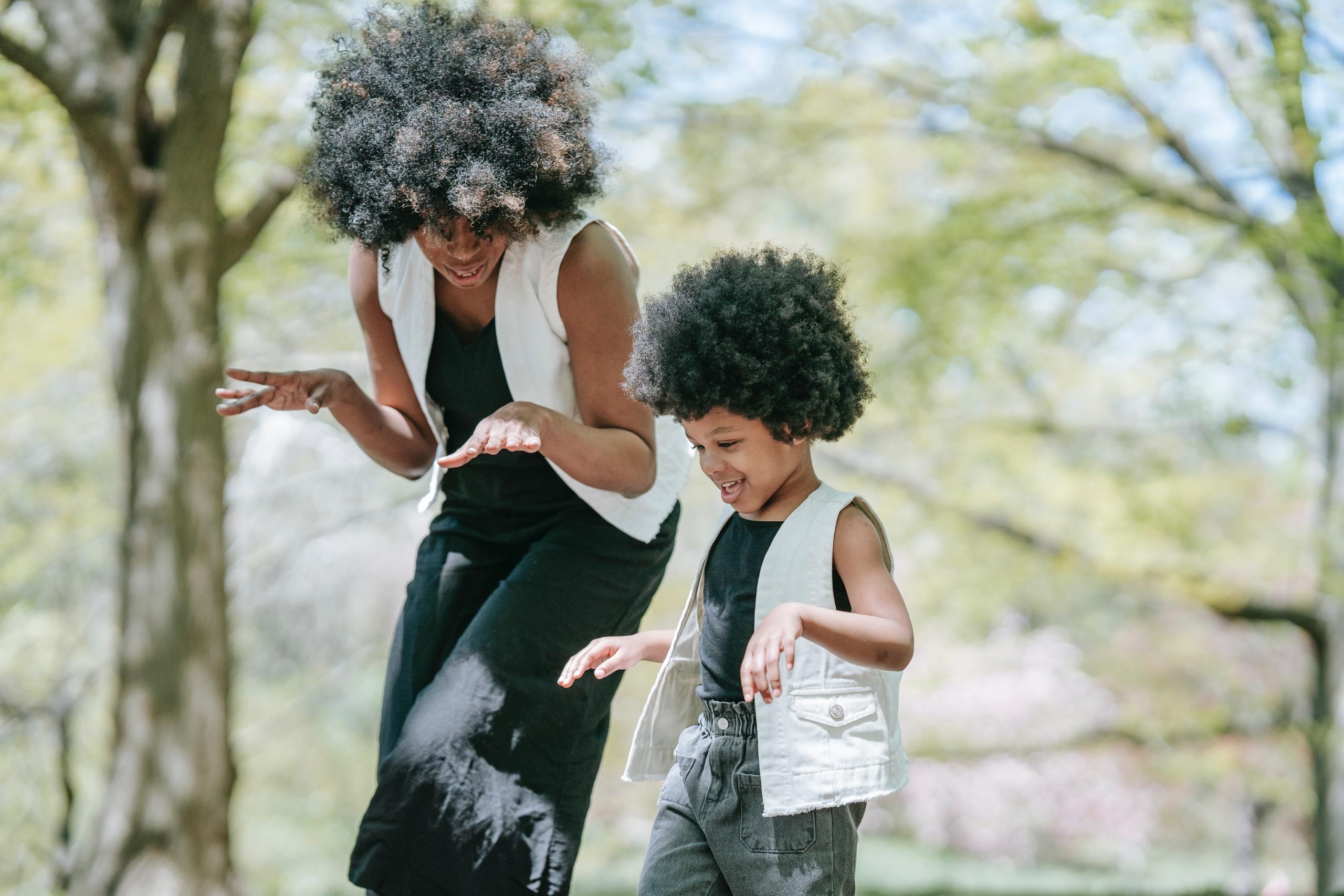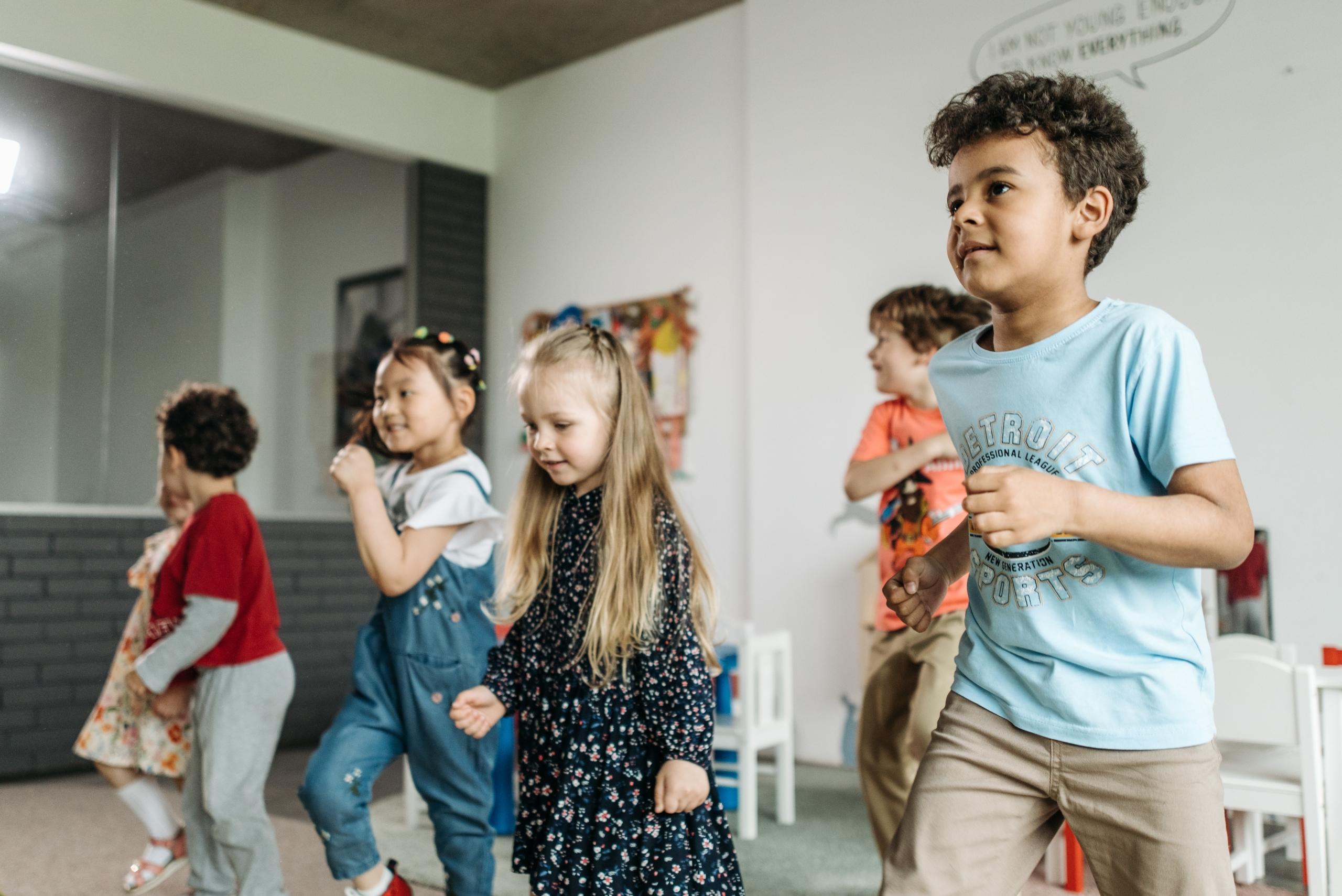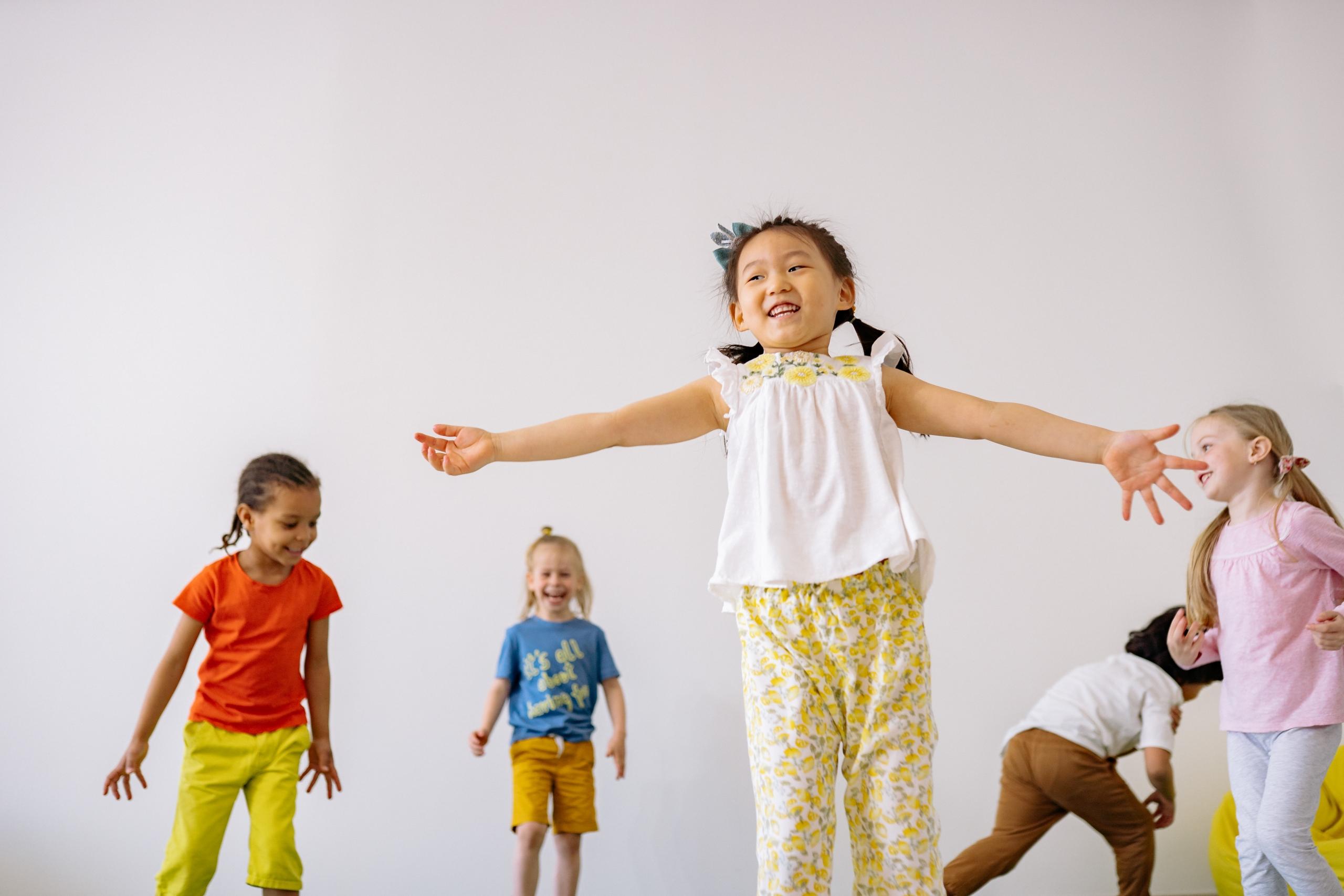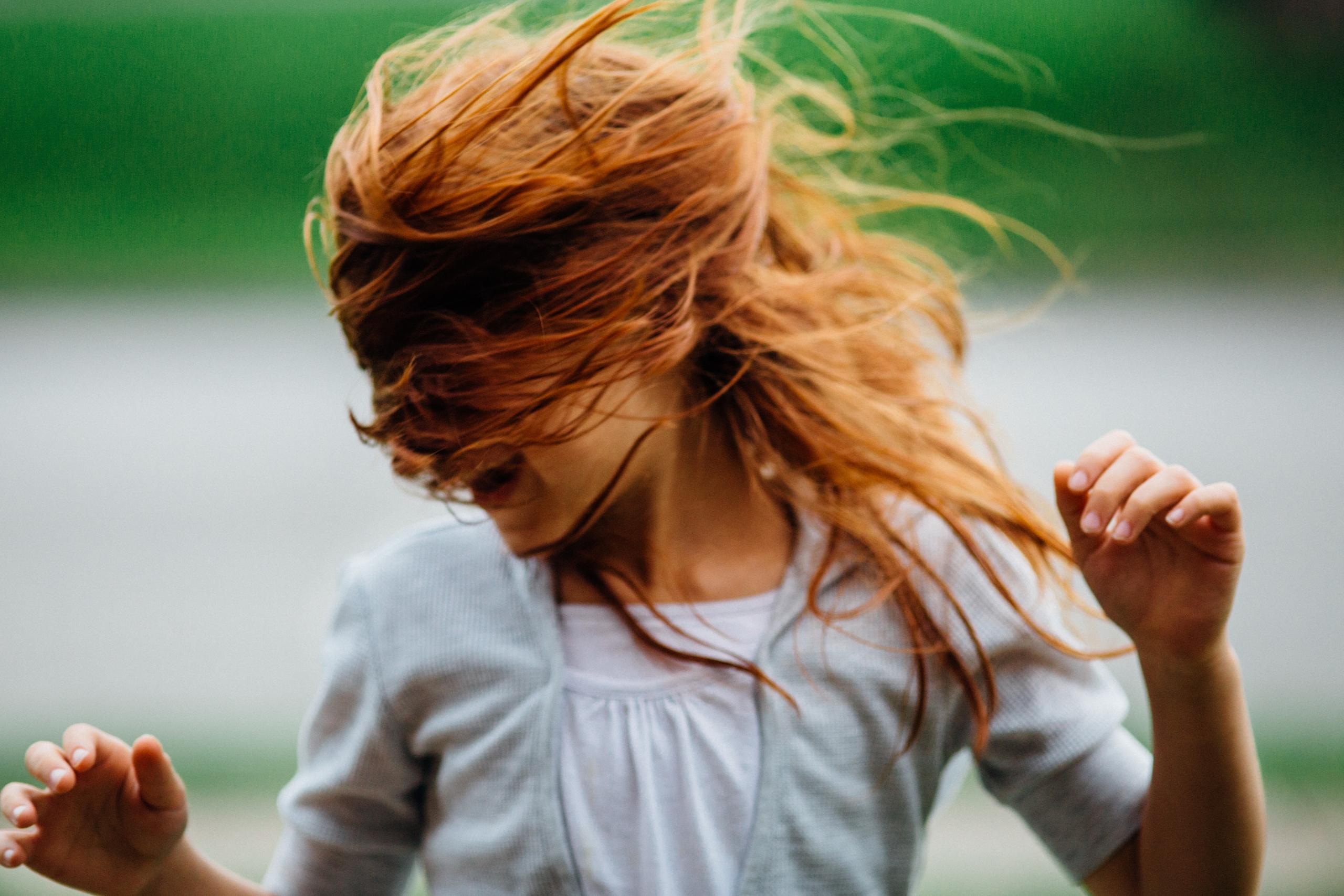Dance is the hidden language of the soul of the body. Martha Graham
There is an increasing number of people who are eager to dabble in the arts. A great deal of us would have loved the opportunity of being taught dance at school. Since children appear to have endless amounts of energy, dancing lets them let loose and releases some of it.
The following article will explore the benefits of dance for children.
Want to give private lessons?
Join the Superprof community and share your knowledge with inquiring and motivated students.
Dancing to Get into Shape
Children generally love dancing.
One of the advantages of dancing is that equipment isn’t necessary for dancing making it an accessible activity for most children. Children tend to mimic the dance moves of their favourite celebrities at home, on the playground and when they are with friends. This is why dancing continues to win over the interest of children from early on.
Early on in childhood, children grasp the concept of rhythm when their bodies move in reaction to music.
So, what are the benefits of dance?
Moving is healthy for children and keeps them in shape, even better if done frequently. Irrespective of the style, dance classes are good for well-being. Not only does it enhance endurance, but it works the muscles and improves flexibility via choreography and stretches.
Dancers can have fun while looking after their health.
Similarly to other sporting codes, dance helps with alleviating stress and decompressing. After school, children can unwind and destress.

This is a sure way to instil healthy habits in the child’s day to day, like eating a balanced diet, getting enough sleep, and exercising frequently. Inquire about classes, regardless of if your preference is hip hop, ballet, tap or swing.
Learn more about dance lessons for children.
Dancing to Improve Creativity
Dancing presents itself in many ways. Not only can dancing be viewed as great exercise, but also a way to expand one’s creativity and imagination.
Similarly to music, painting, etc., dancing is a form of expression. The very choreography of dance is created when a dancer reacts to music and uses their body as a vehicle to express their emotions.
Children are taught to use movement to express themselves in a dance class. Dance classes also include improvisation. There’s an artistic aspect to every style of dance, regardless of whether it’s for teenagers learning contemporary and jazz, or if it’s an introductory class for young children.
Socialising Through Dance
Children can be social at school and it is there where they learn cooperation, empathy and discipline. It creates a setting for them to build friendships and communicate with various individuals.

Dance classes provide children with a space to socialise for when they aren’t at school. For example, dance students learn cooperation when practising a routine and sharing space in the studio. Dance students learning to get along with one another is one of the many benefits of taking dance classes. It’s helpful for children to form friendships outside of school.
Dancing to Improve Memory
Stimulation is important in aiding a child’s development. One of the advantages of dancing is that it can help to improve memory. Children have to memorise the dance routines after each lesson. They can only perform the choreography they learned if they remember the steps.
Dancing advances our memory which is linked to movements and gestures, also known as procedural memory.
So when considering what are the benefits of dance, note that young child dancers have the advantage of developing their memory and motor skills ahead of their peers.
Want to give private lessons?
Join the Superprof community and share your knowledge with inquiring and motivated students.
Dancing to Improve Motor Skills
Attending dance classes early on in childhood aids a child’s motor skill development, along with the benefits of dance that positively influence their health.
It’s important for children to achieve a proper sense of balance, and activities such as ice skating, rollerblading and horse riding help them to do so. Balancing on a specific leg is an important thing to learn. Ballet specifically, would require you to do so on tippy toes.
To remain standing and stable, dancers need to ensure their body weight is balanced throughout their routines or even just in warm-ups. Their coordination and posture can also be improved through various movements. It’s not that easy for children to grasp moving each arm individually, and the effort that goes into performing all these various movements is easier said than done.
Superprof makes it incredibly convenient to find a dance tutor. Simply search kid dance class near me, and you'll discover numerous choices on our platform.
Dancing to Channel Energy
Every style of dancing is a helpful method for channelling children’s energy, whether it’s through break dancing, ballet, Zumba, contemporary dance etc.
This is well received by parents wondering what are the benefits of dance since children have excessive energy needing to be used up. Being one of the advantages of dancing it’s a useful way to help energetic children wind down, as they’ll leave the class calmer and tired. This is of great help to parents. There are many benefits of taking dance classes and in this case, children are better equipped to regulate their bodies and feelings, contributing to better lives at school and in every day.
Dancing to Gain Self-Confidence
Irrespective of age, many people are wanting to grow their self-confidence. It is imperative to have strong self-esteem and believe in yourself. This is a key aspect for anybody’s life.
Through rehearsing steps and routines, children are able to build up their confidence. The child is able to use movement to express themselves and when successfully executing a dance their self-confidence gets boosted. Performing on stage is a sure way to tackle shyness.
Find assistance selecting suitable dance lessons for your kids.

Improving School Performance Through Dancing
The impact that dancing has on improving a child’s school performance has been proven by multiple studies. The College Board conducted a study showing that children, irrespective of their socio-economic background, obtained better science and maths marks if they also studied dance, music or art.
Movement needs to be accounted for when answering what are the benefits of dance. There has been an illustrated connection between movement and cognitive development. For example, the fact children need be conscious of their surroundings when dancing, shows how the brain utilises movement to solve problems.
For the elderly to maintain fitness, both mentally and physically, they are encouraged to take on dance, music and other artistic activities.
Explore what children's dance lessons are like.
Dancing to Learn about Art and Culture
It is essential for children to learn about culture. One of the benefits of taking dance classes is that the origins of dance, the various styles, backgrounds of professional dancers and iconic routines can all be learned. Each dance style can inform children about dancing methods all over the world, whether it’s African dance, jazz, contemporary dance, ballet or ballroom dancing.
While the child can be educated on rhythm and music, it is important to note that teachers can only teach children about dance culture if they are willing to embrace the learning opportunity.
Dancing as a Passion
Lastly, from all the advantages of dancing and the benefits of taking dance classes, the best would be if it is something your child is excited to take on. Dancing is futile without passion. Despite the benefits of dance, there is no use for it if they are unwilling. The child should want to learn and have a passion for dance.
Set time aside with your child to see if it is something they would be open to it and which particular style of dance holds their interest. You can enquire to see what are the benefits of dance and look for private lessons or dance studios nearby, whether it's classic ballet, tango or modern dance classes you’re after.
Now that you’re aware of the benefits of taking dance classes, if you’d like to guide your child in levelling up their dance skills or even just learning, why not contact Superprof’s gifted and experienced tutors? If you’d also like to reap the advantages of dancing, Superprof can help you begin or continue your dance journey with their fitness and dance classes for adults.
Countless experienced and talented dance tutors offer group, face-to-face and online tutorials. There are pros and cons to each tutorial style. Deciding which is most suitable for you would depend on your learning style and your budget.
While Face-to-face tutorials are more cost-effective because it is only you in the class, they are the most expensive per hour.
Since online tutorials eliminate travel expenses for the instructor and allow them to accommodate more lessons in a week, online is less expensive than face-to-face tutorials. However, online instructors are able to charge more competitive rates due to fewer outgoings and higher earning potential.
The cheapest option per person per hour is generally group tutorials. This is because the price of the instructor’s time is divided amongst the group of students in the class. On the other hand, this also means that the tutor can only offer limited individual attention to each student, unlike in private sessions.
Make use of the free first hour of tutoring offered by the majority of Superprof’s tutors, so you can determine which tutor and teaching style is best for you.
Want to give private lessons?
Join the Superprof community and share your knowledge with inquiring and motivated students.





